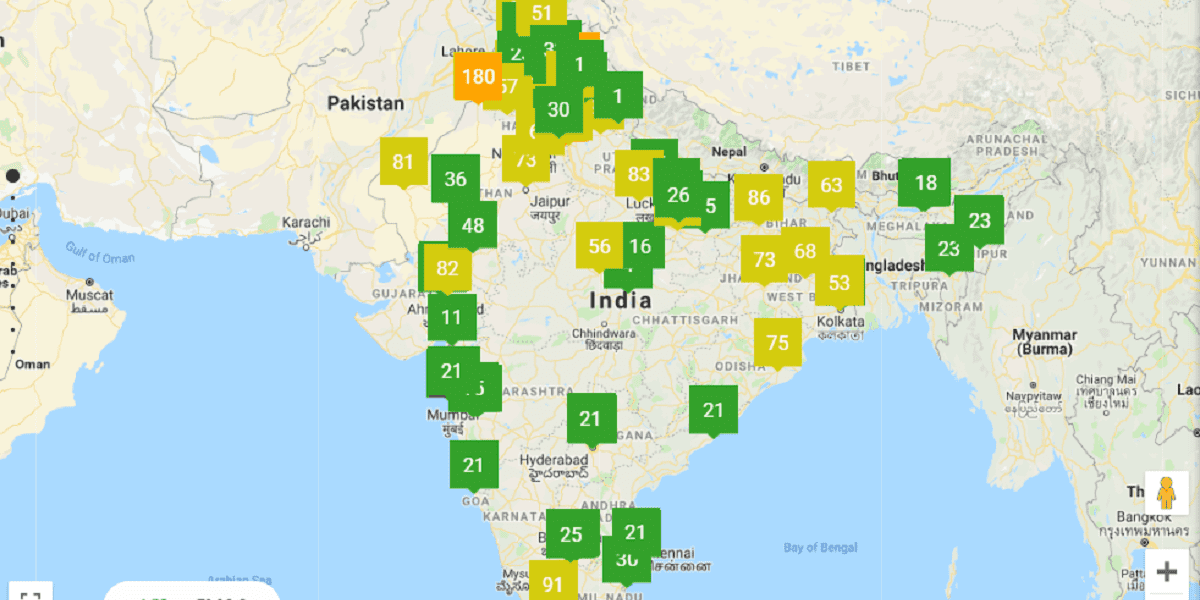Air Quality Index is a common term that is used to define the quality of the air you breathe. A lot of people do not know the importance of AQI (an acronym for Air Quality Index.) In this blog, we help you understand the meaning of AQI and how to check the air quality in your area.
AQI – Air Quality Index
AQI is a method used to report daily air quality. It shows how clean or polluted the air is at the moment. It also tells what all health effects do poor air quality impact on humans. Air Quality Index is basically calculated on the basis of ground-level ozone, particle pollution (also known as Particulate Matter – PM 2.5 & 10), carbon monoxide, sulfur dioxide, and nitrogen dioxide. As per EPA, ground-level ozone and airborne particles are two major pollutants that pose serious health issues to the people.
How Does Air Quality Index work?
In a simple way, AQI ranges are as follows:
0-50 – Good
51-100 – Moderate
101-200 – Poor
201-300 – Unhealthy
301-400 – Severe
401-500+ – Hazardous
An ideal AQI level is always between 0-50 which is considered good. The higher the value, the greater the level of pollution in your area. This way you are in a great risk of health issues that can have both – long- and short-term effects on your health.
How to use the AQI app?
Understanding the difference between good air quality and bad air quality is essential these days. Being aware of whether the air you’re breathing is bad for your health will help you take the necessary precautions and keep you safe from any health issues. Air quality app is a brilliant way to check real-time air quality in your area. Along with the AQI level, you can also compare city/state air quality and set a timely alert.
You can check the Air Quality Index (AQI) on your phone (Android and Apple) – any time and anywhere. Download the app to know the quality of the air you’re breathing right now.







